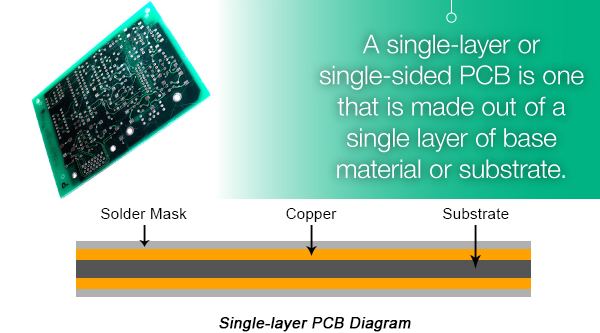

For every 100 females, there were 99.6 males. In the city, the population was spread out, with 18.0% under the age of 18, 10.3% from 18 to 24, 27.2% from 25 to 44, 29.0% from 45 to 64, and 15.5% who were 65 years of age or older. The average household size was 2.22, and the average family size was 2.76. 31.3% of all households were made up of individuals, and 9.5% were someone living alone who was 65 years of age or older. There were 5,417 households, out of which 21.1% had children under the age of 18 living with them, 42.9% were headed by married couples living together, 9.2% had a female householder with no husband present, and 43.4% were non-families. Hispanic or Latino of any race were 5.8% of the population. The racial makeup of the city was 89.5% White, 2.3% African American, 0.6% American Indian or Alaska Native, 2.7% Asian and 3.1% from two or more races. There were 17,141 housing units at an average density of 931.6 houses per square mile (360.1/km 2). The population density was 653.2 persons per square mile (252.5/km 2). Demographics Historical populationĪs of the census of 2010, there were 12,018 people, 5,417 households, and 3,068 families residing in the city. There are approximately 9 miles (14 km) of shoreline in Panama City Beach fronting the Gulf of Mexico.Īccording to the United States Census Bureau, the city has a total area of 18.6 square miles (48.2 km 2)- 18.4 square miles (47.6 km 2) is land and 0.23 square miles (0.6 km 2) (1.17%) is water. FL-30 runs along the coast from northwest to southeast as Front Beach Rd, leading east to Panama City and northwest 15 mi (24 km) to Rosemary Beach. US 98 runs from northwest to southeast just inland from the coast, leading east 10 mi (16 km) to Panama City and northwest 47 mi (76 km) to Destin. The city is located in the panhandle on the Gulf of Mexico. Īn EF-0 tornado did minor damage to the northwest part of Panama City Beach, Florida on February 15th. Ĭategory 5 Hurricane Michael made landfall near Mexico Beach in Bay County on October 10, 2018, becoming one of the strongest and most-destructive hurricanes in American history as it destroyed a large part of the county, including many structures in Mexico Beach and Panama City. With the real estate boom, Panama City Beach became a well known destination for spring break. real estate market in 2007, combined with a surge of new condo construction, brought spiraling prices somewhat under control. Beachfront property has sold for upwards of $60,000 per "front foot" (linear foot) at the top of the market. 1 real estate market in America for the next five years in. In November 2006 CNN/Money named Panama City Beach the No.

At the peak of the real estate boom, many beachfront properties had quadrupled or more in value since 2000. However, this is turning unobstructed, low-rise beach views and affordable waterfront property into rarities. The map below displays the sample site locations.History Real estate boom Ī construction boom in the early to mid-2000s changed the image of the area due to the older homes and motels being replaced with high-rise condominiums and more expansive homes. The results described in this report provide insights into PCB concentrations and loadings in the Rio Grande, as well as the health of the Rio Grande as a whole, and can be used to assist in fulfilling the county’s NPDES permit requirements for the EPA. Bernalillo County, which encompasses the city boundary of Albuquerque, New Mexico, and the designated Albuquerque urbanized area is subject to regulation under the EPA NPDES permitting process for stormwater runoff. Urbanized areas that subsequently discharge stormwater into large water bodies through municipal separate storm sewer systems (MS4s), like many of the urbanized areas of New Mexico, are considered point sources by NPDES standards and are therefore subject to regulation. The NPDES permit program works to control water pollution by regulating point sources that discharge into waters of the United States. Environmental Protection Agency’s (EPA) National Pollutant Discharge Elimination System (NPDES) permit program was introduced in 1972 and authorized by the Clean Water Act.


 0 kommentar(er)
0 kommentar(er)
